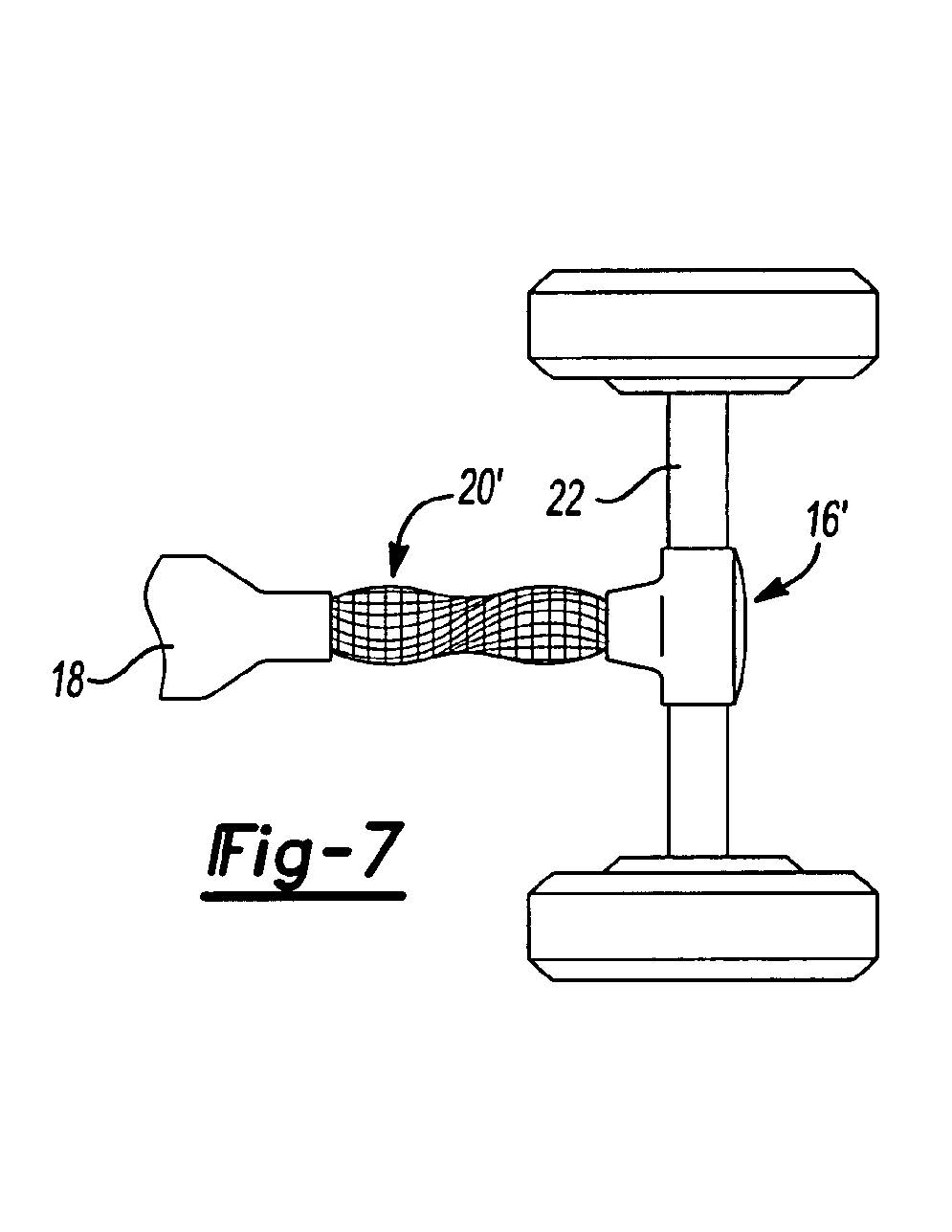
Mechanical inventions have been free of the uncertainty and chaos created by the Supreme Court in results-driven decisions surrounding the patentability of business methods, medical diagnoses and discoveries, and computer software.
That is, until now.
The recent American Axle v Neapco decision of a three-judge panel of the Federal Circuit Court addressed a patent to a method for tuning a drive shaft to reduce vibration. The Federal Circuit Court concluded that the patent claims are addressed to an unpatentable ‘law of nature’ and hence the patent is unenforceable.
The patented method included placing a tuned cardboard liner inside a hollow drive shaft so that the tuned liner would simultaneously damp two modes of vibration of the drive shaft. Drive shaft liners that damp one mode of vibration were known in the art, but not two modes.
The Federal Circuit had reason to find the claims unenforceable on indefiniteness, enablement and written description grounds. As to indefiniteness, the patent claims were ‘functional’ and directed to the result to be achieved (damping in two modes) and not to the method for achieving that result (tuning a cardboard liner). Functional claims are allowed by the patent statute and are limited to the mechanisms taught by the patent to achieve the function. Here the patent did not describe how the liners are tuned to achieve damping of two vibration modes. There is a real question as to whether the claims are unenforceable as indefinite.
As to enablement and written description, any patent application and any resulting patent must include enough information and a written description adequate to show that the inventor actually possesses the invention and to show how to make and use the invention. The patent did not describe how the liners were tuned to achieve the damping of two vibration modes, even though the patent includes several examples of driveshaft liners. A real question exists as to whether the patent met the enablement and written description requirements.
The majority of the three-judge panel did not decide those issues. Instead, it concluded that the claims were directed to a ‘law of nature’ without identifying the law of nature and, according to the dissenting Federal Circuit judge, misrepresenting the record and the actions of the parties. American Axle has petitioned for review by the full Federal Circuit Court. Six other parties have filed briefs with the Federal Circuit Court criticizing the decision. With any luck, the full Federal Circuit Court will step in and correct the decision of the three-judge panel. Fingers crossed.
— Robert Yarbrough, Esq.

